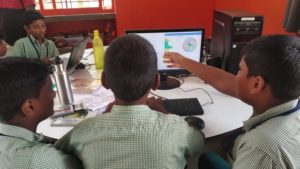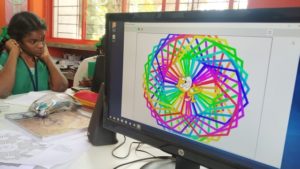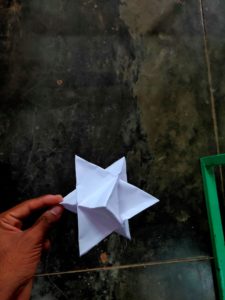Zoltan Pal Dienes is the guy who invented these blocks. He was a Hungarian mathematician who believed that if we teach a subject like maths through games, play, and dance; chances that children will retain the information are greater than that of learning by traditional way using textbooks and lectures. He also created a six-stage theory to learn mathematics.
He was a tireless practitioner of ‘new mathematics’ and psycho mathematics (psychology of mathematics learning)
That’s why he came up with the idea of base 10 blocks, also known as Dienes blocks which help children understand numerical concepts like place value, number operations like addition, subtraction, multiplication, decimals, the square of a number. Or algebraic concepts like how to multiply two linear terms and how to find factors for algebraic expressions.
He also invented logic blocks which help children in understanding sets, differences, logical sequence, and classification.
Dienes block are an incredibly powerful manipulative. Can be used to enhance the understanding of fundamental maths topics such as place value and the four operations.
Base ten blocks are popular in elementary school mathematics instruction, especially with topics that students struggle with such as multiplication. They are frequently used in the classroom by teachers to model concepts, as well as by students to reinforce their own understanding of said concepts. Physically manipulating objects is an important technique used in learning basic mathematic principles, particularly at the early stages of cognitive development. Studies have shown that their use, like that of most mathematical manipulatives, decreases as students move into higher grades.
Dienes block addition with carry
Students can use Dienes by manipulating them in several ways to show number and patterns. They are usually made of plastic or wood and come in four sizes which will indicate their place value.
- Units – one’s place
- Longs – ten’s place
- Flats – hundred’s place
- Blocks – thousand’s place
Multiplication of Dienes block
Dienes are important in school as they help students physically manipulate objects to learn basic principles. Being able to physically manipulate objects aids students’ early cognitive development.




















